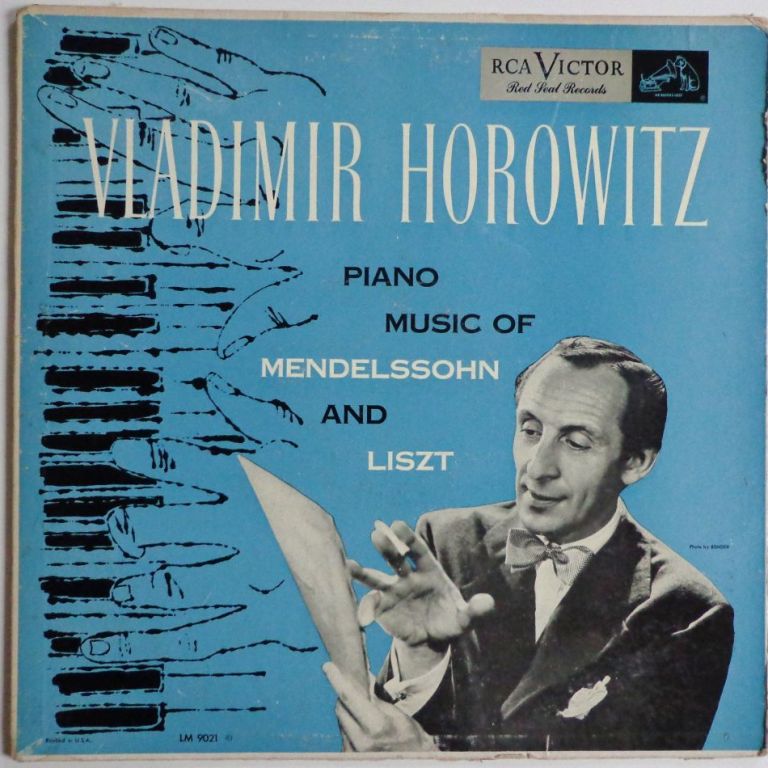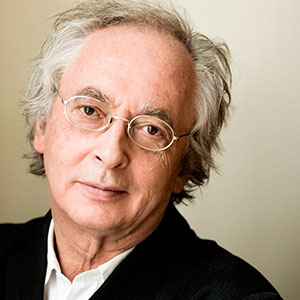by Daniel Hathaway
Guest conductor Philippe Herreweghe and cellist Jean-Guihen Queyras visit The Cleveland Orchestra for Beethoven and Haydn tonight at 7:30, the same hour that the Dalí Quartet play Latin works by Arriaga, Piazzolla, Revueltas, and Ginastera in CIM’s Mixon Hall (webcast available).
Two Oberlin Faculty & Guest Recitals also begin at 7:30. Lillian Gordis, harpsichord & Jérôme Hantaï, viola da gamba play music by Marais, François Couperin & J.S. Bach in Kulas Recital Hall, while clarinetist Alexander Fiterstein joins the Verona Quartet for Osvaldo Golijov’s The Dreams and Prayers of Isaac the Blind in Warner Concert Hall (webcasts available for both performances).
Visit our Concert Listings for details of these and other performances.
NEWS BRIEFS:
CIM composition professor Keith Fitch and his predecessor Margaret Brouwer have both been honored with the 2024 Individual Excellence Award from the Ohio Arts Council. The awards “recognize outstanding achievement in several disciplines including choreography, fiction, playwriting, and poetry, in addition to music. Awards of $5,000 each went to 75 artists, for a total allotment of $375,000.” Read the CIM announcement here.
Four company premieres are among the six new productions that New York’s Metropolitan Opera plans to stage next season.
The New York Times reports today that “the Met’s 2024-25 season will open in September with Grounded, about the toll of drone warfare, by Jeanine Tesori and George Brant, and will also feature the modern works Moby-Dick, by Jake Heggie and Gene Scheer; Ainadamar, by Osvaldo Golijov and David Henry Hwang and Antony and Cleopatra, by John Adams. It will be the fifth opera by Adams that the Met has presented, putting him in the same category as Tchaikovsky and Bellini.” Read the story here.
TODAY’S ALMANAC:
by Jarrett Hoffman
There’s a long history of visual art influencing the creation of music, and vice versa. One important artist steeped in that cross-pollination is Andy Warhol, that leading figure of the pop art movement who was born in Pittsburgh, and who died on this date in 1987 in New York City at age 58.
Warhol influenced many musicians, including David Bowie, but one more direct connection he had with music was his involvement with the experimental rock group The Velvet Underground. Having heard about them through the grapevine shortly after their formation, he went to hear them play in 1965. Impressed, he offered to be their manager — a partnership that raised the profile of the group significantly.
Soon the band was performing in Warhol’s “Exploding Plastic Inevitable” multimedia shows, which included music and dance alongside the artist’s films. The artist also served as nominal producer for the group’s now-iconic debut album The Velvet Underground & Nico (1967), where they were joined by that German-born singer at Warhol’s insistence.
Featuring a Warhol print of a banana on the front cover, that record also serves as an entry point for a discussion of Warhol’s album artwork, an area in which he was prolific, and highly varied when it came to musical genre. Perhaps his most famous entry was the provocative image that accompanied The Rolling Stones’ Sticky Fingers (1971), which included a working zipper and belt buckle.

Even if you think you aren’t familiar with Warhol’s work, you would probably recognize his vividly-colored series of portraits of Marilyn Monroe. Other celebrities to receive that treatment included Elvis Presley, Muhammad Ali, and — in a different use of the word ‘celebrity’ — Ludwig van Beethoven.
For the 1987 Beethoven series, Warhol began where else but with the famous portrait of that composer by Joseph Karl Stieler, an image you’ll recognize from its use in publications and press materials time and time again. From there, Warhol overlays a sheet of music — an excerpt from the “Moonlight” Sonata — and employs his signature, dramatic color scheme. Click here and scroll down, past the Mick Jagger material, to view the Beethoven series from the Masterworks Fine Art Gallery in San Francisco.
On a final note, on this date in 2018, research was published in the journal Science showing that humans were not the first artists present on this earth. That honor belongs instead to Neanderthals, thanks to their cave paintings 65,000 years ago in Spain.



